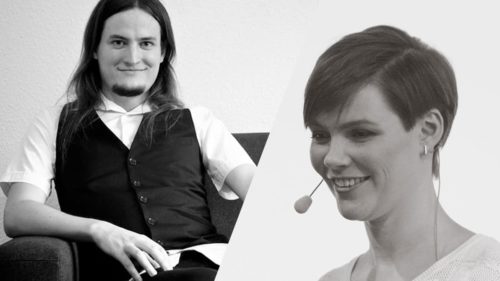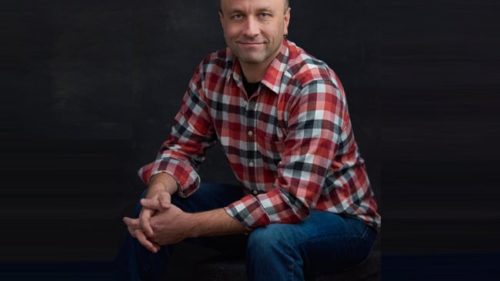Josh Doody is a salary negotiation coach who helps experienced software developers negotiate job offers from big tech companies. He also wrote Fearless Salary Negotiation: A step-by-step guide to getting paid what you’re worth. In this interview we discussed his strategy for funnel optimization for Fearless Salary Negotiation, including how he used SEO to grow his site visits from 150 to 100K.
In this interview, Josh and Keith discuss:
- Josh’s offer and how his funnel is structured
- How he uses RightMessage
- Using SEO to grow his site visits from 150 to 100K
- What happened when he switched from giving away 10 templates as his opt-in, to giving away 1 template and selling the other 9
- How he utilizes his thank you pages
- Why he shortened his funnel
You can connect with Josh at:
- Josh Doody @JoshDoody
- Fearless Salary Negotiation
- Fearless Salary Negotiation Coaching




